Content Democratization
The Digital Movie Camera Market is witnessing a shift towards content democratization, where access to high-quality filmmaking tools is becoming more widespread. This trend is largely fueled by the proliferation of affordable digital movie cameras that cater to independent filmmakers and content creators. As a result, a diverse range of voices and stories are emerging, contributing to a richer cinematic landscape. The rise of platforms such as YouTube and Vimeo has also encouraged individuals to create and share their content, further driving demand for digital movie cameras. Market data indicates that the segment of entry-level cameras is expected to see significant growth, as more aspiring filmmakers enter the industry. This democratization of content creation is likely to enhance the Digital Movie Camera Market, as it fosters innovation and creativity among a broader audience.
Technological Advancements
The Digital Movie Camera Market is experiencing rapid technological advancements that are reshaping the landscape of filmmaking. Innovations in sensor technology, image processing, and lens design are enhancing the quality of video capture. For instance, the introduction of 8K resolution cameras is becoming more prevalent, allowing filmmakers to produce content with unprecedented detail. Additionally, advancements in low-light performance and dynamic range are enabling creators to shoot in diverse environments. According to recent data, the market for digital movie cameras is projected to grow at a compound annual growth rate of approximately 6.5% over the next five years, driven by these technological improvements. As filmmakers increasingly seek high-quality production tools, the demand for advanced digital movie cameras is likely to rise, further propelling the Digital Movie Camera Market.
Integration of Streaming Technologies
The Digital Movie Camera Market is increasingly influenced by the integration of streaming technologies, which are transforming how content is produced and consumed. As streaming platforms continue to gain popularity, filmmakers are adapting their production techniques to meet the demands of online audiences. This shift has led to a growing need for digital movie cameras that can deliver high-quality footage suitable for streaming. Recent statistics suggest that the number of streaming subscribers has surged, prompting filmmakers to invest in equipment that aligns with this trend. Consequently, the Digital Movie Camera Market is likely to benefit from this integration, as filmmakers seek cameras that offer seamless connectivity and compatibility with various streaming services. The demand for cameras that support live streaming and real-time broadcasting is expected to rise, further propelling the market.
Increased Demand for High-Quality Content
The Digital Movie Camera Market is experiencing increased demand for high-quality content across various platforms. As audiences become more discerning, there is a growing expectation for professional-grade video production, even in independent and amateur projects. This trend is driving filmmakers to invest in advanced digital movie cameras that offer superior image quality and versatility. Market analysis indicates that the demand for cameras with features such as 4K and 8K recording capabilities is on the rise, as creators strive to meet audience expectations. Furthermore, the proliferation of social media platforms has created a competitive environment where high-quality visuals are essential for engagement. As a result, the Digital Movie Camera Market is likely to see sustained growth, as filmmakers prioritize quality in their productions.
Emergence of Virtual Reality and Augmented Reality
The Digital Movie Camera Market is witnessing the emergence of virtual reality (VR) and augmented reality (AR) technologies, which are reshaping the filmmaking landscape. As these immersive technologies gain traction, there is a growing need for digital movie cameras that can capture content in 360 degrees or integrate AR elements seamlessly. Filmmakers are increasingly exploring VR and AR to create engaging narratives that enhance viewer experiences. Market data suggests that the demand for cameras capable of producing VR content is expected to grow significantly, as more creators venture into this innovative space. This trend is likely to drive the Digital Movie Camera Market forward, as it opens new avenues for storytelling and audience engagement.

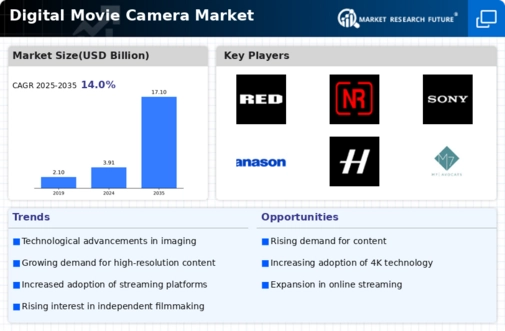
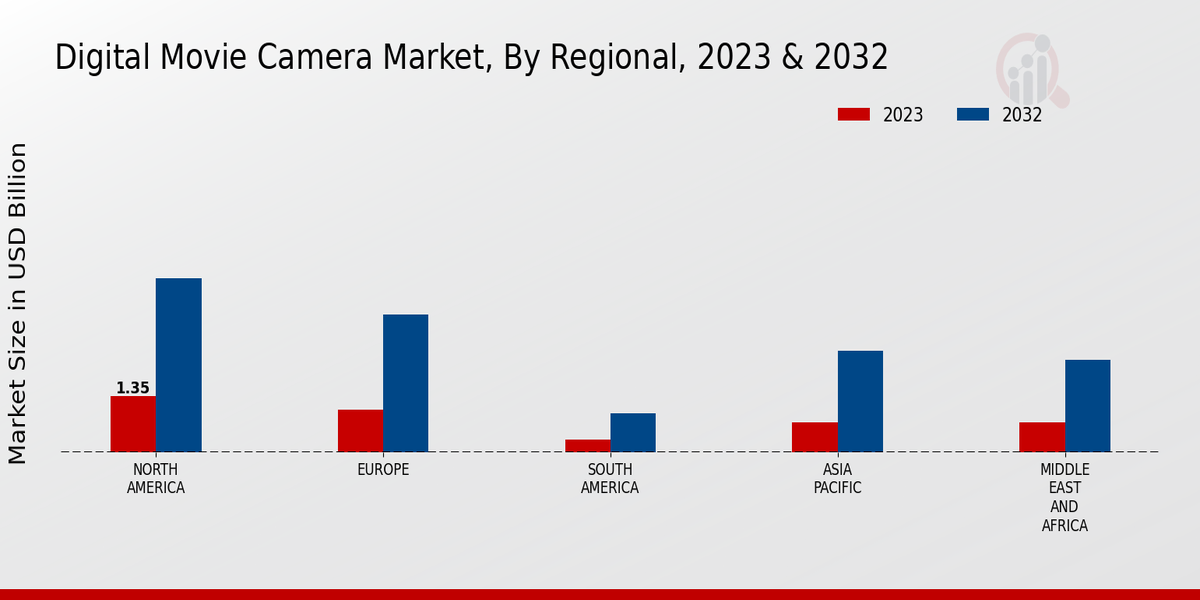
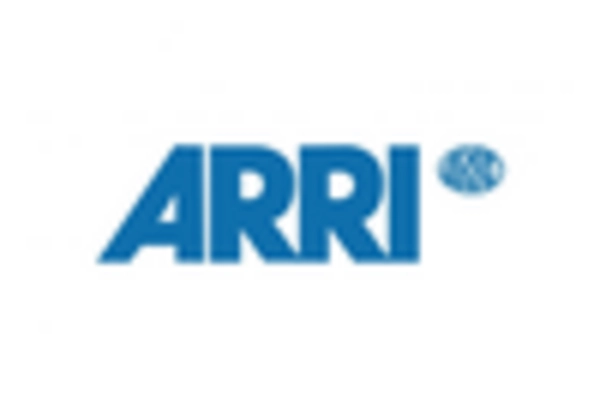
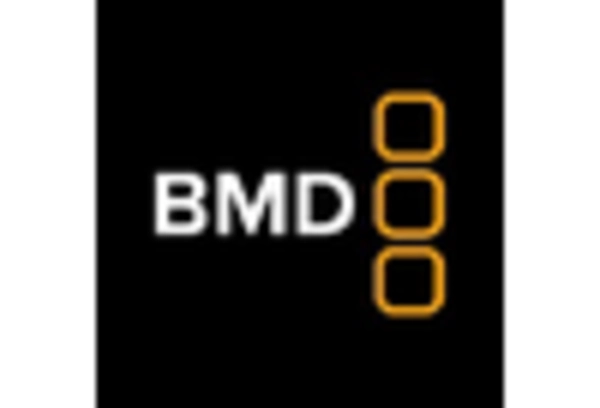
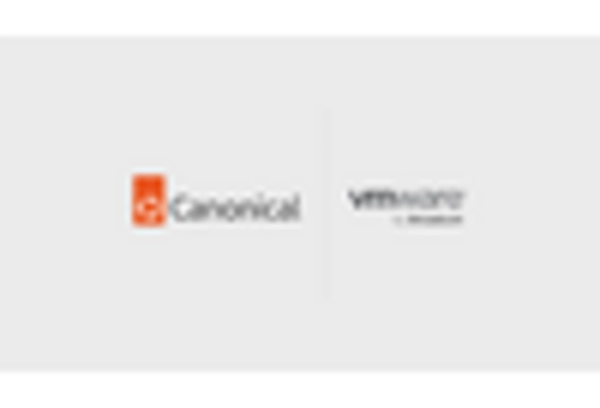
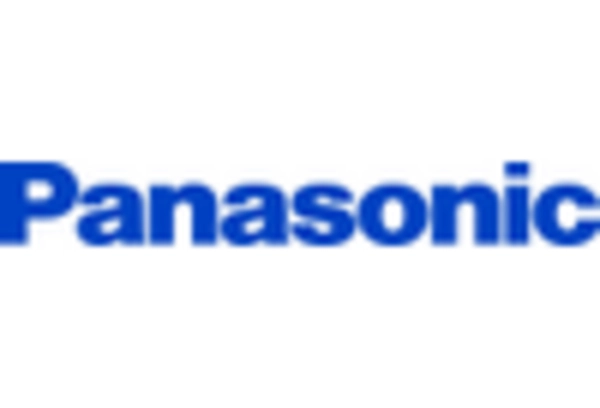
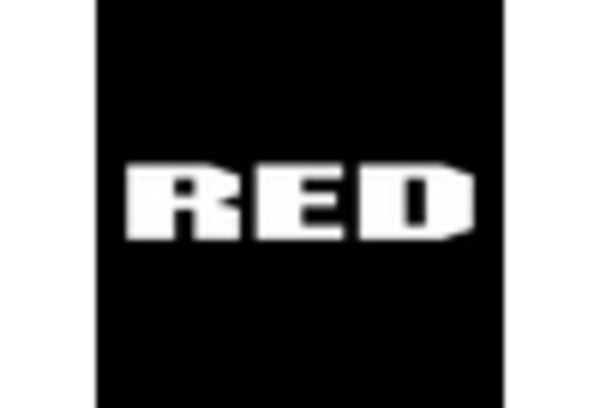
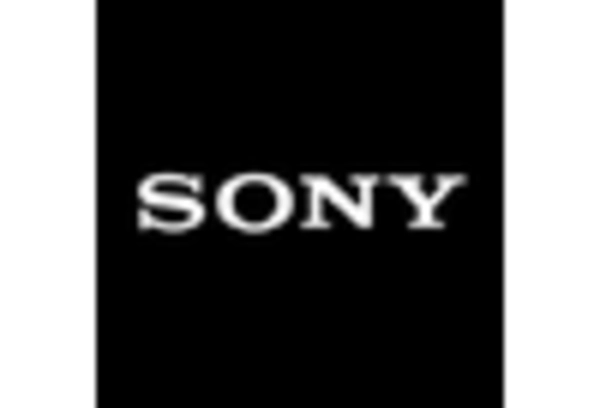








Leave a Comment